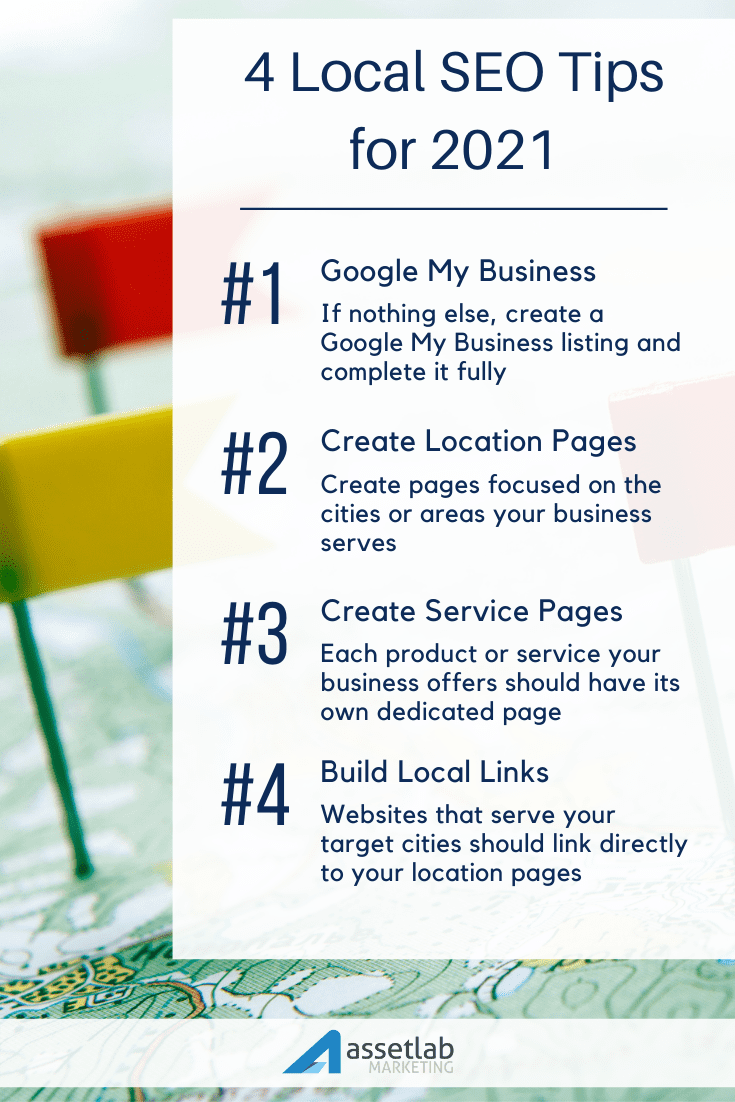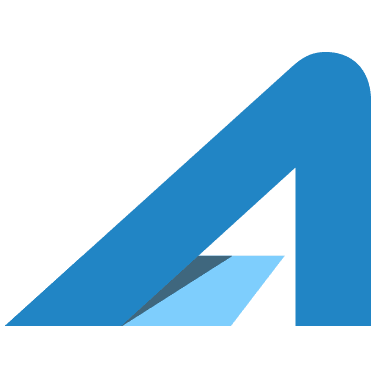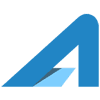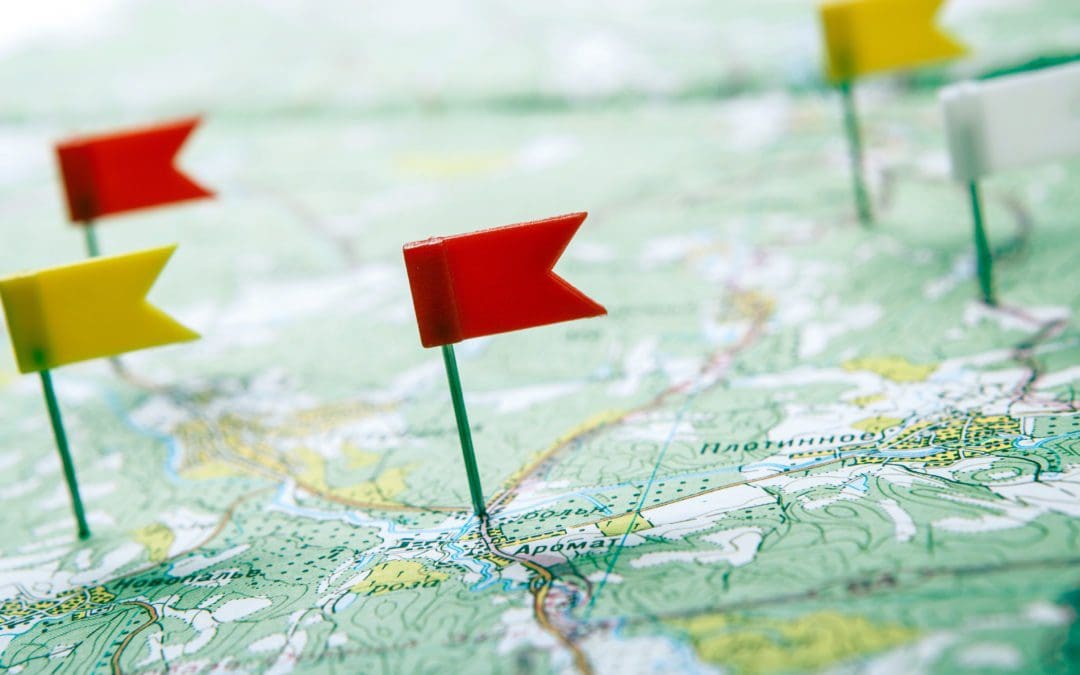Article Contents
Overview
Get Ready To Complete A Local SEO Audit
#1 Business Keyword Analysis
#2 Competitive Search Results Analysis
#3 Brand Citation Checkup
#4 Review Online Reviews
#5 Audit The Website For Duplicate Content
#6 Audit The Website For Local
#7 Review Social Network Performance
#8 Take Actions To Improve
Frequently Asked Questions
The Local SEO scene is changing rapidly. Google is showing map results on results pages before organic local results. Companies are testing phone call tracking across platforms with different phone numbers, and seeing significant impacts. Competitors are getting better at ranking in the top 3 by dedicating time to local. And people’s search behavior is changing consistently.
This article walks you through the techniques needed to walk you through the Local SEO audit so that you understand where your business ranks and what needs to be improved.
Each section will help you build a list of action items to improve the Local SEO position of your business website in search engine results pages.
Get Ready To Complete A Local SEO Audit
Before starting I recommend you spend some time collecting basic business information and reviewing the current local SEO competitive situation. Spend some time doing the following:
- Spend time searching Google for terms related to your city or region and business
- Review the location of your business compared to other businesses that offer the same products or services
- Write down the name, address, phone number, and description of your business
- Search for competitiors on Google to see how they appear in search results and on the map insert
#1 Current Business Keyword Analysis
To understand when your business will be shown in local search results we need to gain an understanding for what Google understands about the website and business as part of the Local SEO audit. Google uses topics and keywords as part of its formula in determining which search results to show, so, if your business doesn’t rank for an important term or concept it will likely not be shown for that term.
The most effective place to start understanding the terms your website ranks for is with some basic keyword research specific to your website.
To find the keywords your website ranks for:
1. Go to AHrefs.com. On the homepage, enter the url of your website and click search. On the left, click Organic Keywords
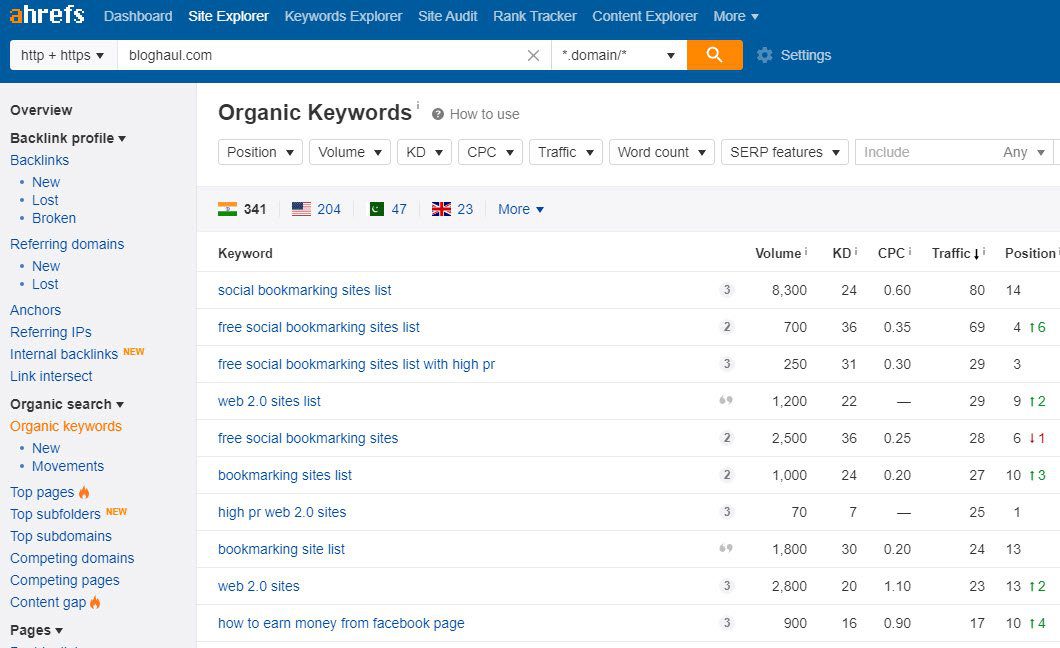
2. Review the keywords. The keys to focus on are the actual terms, the volume, and the position. More volume and higher position brings more traffic to the website, but any low Position number will generally result in the website being shown.
3. Search Google to understand competitive position. Enter one of the terms the website ranks in the top 10 for (Position is 1 to 10) to evaluate the websites that appear as competitors on a standard Google search.
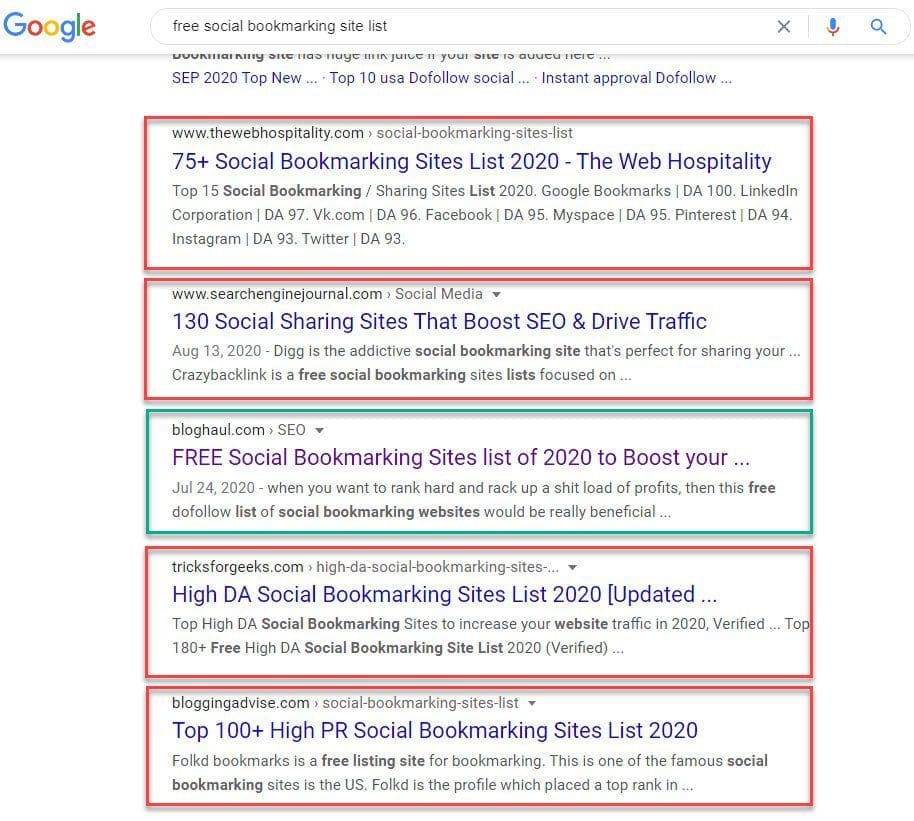
4. Conduct A Local SEO Target Search. To do so, go to Google and search for a product or service that you offer specific to a city or area to see the Local SEO results

In this result we can see a section of Google Maps (Google My Business) listings at the top of the search, followed by organic local SEO results. This is an indicator that Local SEO optimization is an opportunity.
Another indicator you will find is that sometimes, instead of a Google Maps result section at the top, there are PPC search ads. This is another indicator that it is worth optimizing Local SEO because others are paying to try to capture search traffic.
5. Evaluate Meta Titles, Meta Description, Meta Keywords. Start by downloading the Screaming Frog SEO Spider Tool. At the time of this article the tool is free for analyzing up to 500 URLs. Enter your website URL and it will retrieve the various search engine facing meta data that the website provides.
For now, look through the following tabs to become familiar with the basic information the website is showing search engines:
- Page Title
- Meta Description
- Meta Keyword
6. Consider Product and Service Keywords. Some agencies refer to these as geo-modified keywords and geo-targeted keywords. The idea is that some keywords that people will use are products or services, while others will be modified to show a specific city, area, or region.
Example local-relevant keywords:
- web developer
- plumber
- construction company
These are relevant because people will use them to find businesses / services / products in voice or text searches. They can also be modified to include a location, for example:
- web developer Wichita
- plumber in Portland
- Cincinnati construction company
Of course, these can also have the “near me” modifier added.
Create a list of the 10 keywords most important to your business that can be modified for local searches.
#2 Competitive Google Search Results Analysis for Local SEO
With the list of 10 keywords in hand, complete a Google search for each keyword using the most important city name to your business. For each search result assess the following:
- Skip past ads and the Google Maps results if they are shown
- Skip past business directories (like Yelp)
- What position does your business show in (if it’s not in the first 20 results, consider it “Not Listed”)
- What do the first 3 websites look like in search results. Consider the title and meta description shown by Google.
- Open each of the top 3 results to understand the content of that page and why it is relevant. How long is the page? How many images/videos/podcasts are shown? How much text?
Action Item: Now that you have seen examples of pages that are at the top of search results for local keywords write down what you think a page on your website needs to have to compete. Length? Images or Videos? Lists? This is a critical part of the Local SEO audit.
For additional SEO information you can install the AHrefs Toolbar for Chrome or Firefox to see SEO statistics right in Google search results pages. We’ll use this information later in our analysis.
If you install the toolbar now, add the DR value of the top ranking page to your descritpion of what your page needs to compete to your list. You will learn more about this later.
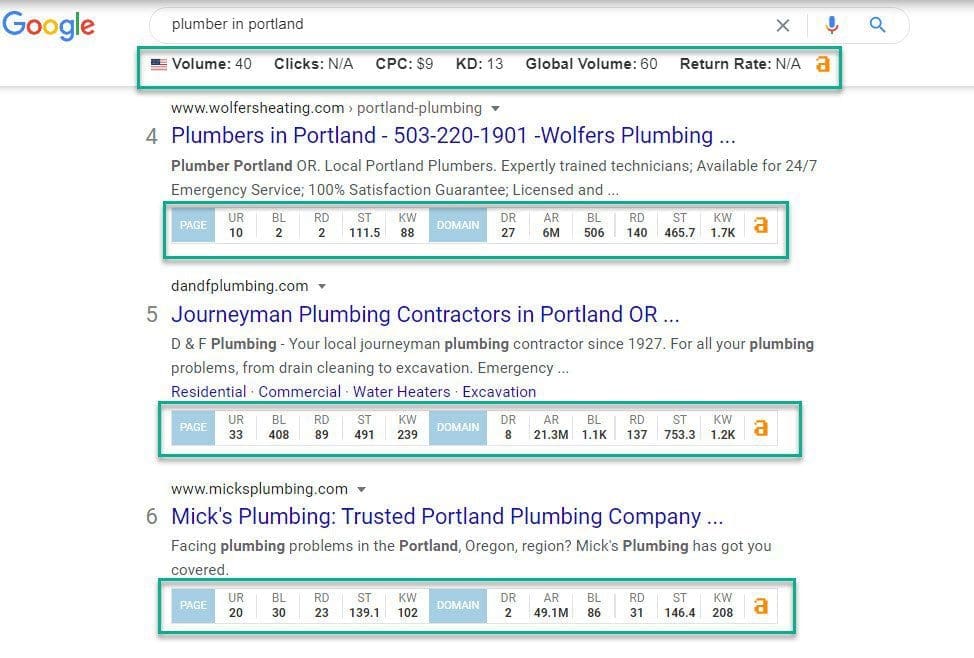
#3 Brand Citation Check for Link Building
Brand citation is where another website mentions your website url, business name, or specific business person’s name without linking to the website. This is different than a backlink, which does include a link to a website.
These citations can be on social media or on other websites.

Citations are powerful because:
- People typically create brand citations to recognize greatness
- Google uses them to help determine the authority of a business, they’re called “implied links”
- They typically have strong contextual relevance in surrounding content
Search Google for an owner’s name or the business name to search for brand citations. If you are able to find citiations, look at where they are coming from. Are there gaps?
Action Item: List the types of Brand Citations you want to build based on this analysis. Social media mentions and website article mentions are the two most common types to specifically list. Press (newspaper, magazine, book) mentions are also valuable.
#4 Review Online Reviews As Part Of The Local SEO Audit
Businesses with strong online review profiles get more phone calls and sales than businesses with a poor online review score or low review count. Our Local SEO Audit needs to cover the online review situation. Search Engine Land found that consumers trust online reviews as much as personal recommentations.
To summarize the findings on whether people use and trust online reviews:
- 90% of consumers say that positive online reviews influence their buying decision
- 68% of consumers go to social networks to read product reviews
- 72% of consumers trust online reviews as much as personal recommendations from people they know
To analyize the online review position of your business do a Google search for the same 10 keywords you listed in Step 1. For the businesses that are shown in the top positions, search specifically for them by name to see their online reviews and review platforms.
Universal online review platforms include:
- Google My Business
- Yelp (For businesses with public locations)
You will find many other platforms based on the specific industry your business is in, for example:
- Angie’s List for home services
- Zomato for restaurants
- Clutch for marketing businesses
Action Item: Make a list of the online review platforms your top search competitors are listed on, their review score, and the number of reviews on each platform. Once you have the full list, create a target list of platforms, a minimum review score goal, and a review count for each. Create a profile on each platform using the business name, phone, address, and description you noted earlier. Each profile should use the exact same business information.
Now, as you ask customers for reviews, let this list guide you on where to request the review be placed.
A comprehensive and overpriced tool for helping to manage the data on online review platforms (also known as business directories) is Yext. On the low-budget yet effective side we recommend evaluating Moz Local. At their higher tiers they help you manage reviews in addition to core business information like name, phone, website, and description.
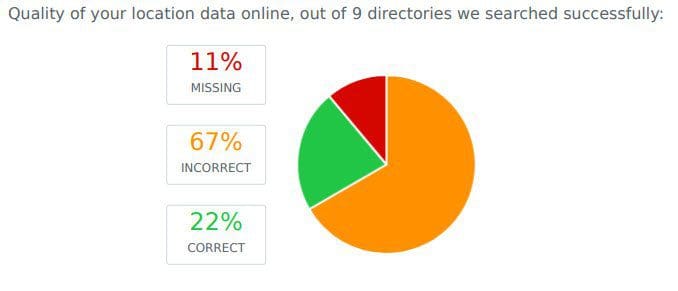
#5 Audit The Website For Duplicate Content & SEO Errors
A) Duplicate Local SEO Content
Duplicate content on a website causes a search engine to have to decide which page is most relevant and, when that is unclear, can result in none of the duplicates being shown in search results (or one you would rather not show). This applies to the content within a website as well as across separate websites.
For quite some time there has been an SEO Myth that duplicate content results in a website penalty, but this is not the case. You can read more in this Google Search Console help article.
The key is to provide clarity to a search engine based on what you want to be shown in search results. To do that, we use canonicalization.
If we step back and consider duplicate content and why it doesn’t result in a penalty, I propose that it is because duplication doesn’t necessarily negatively impact user experience. And, so a search engine, like Google, wouldn’t want to penalize simply due to duplication.
An online store may show the same product description and image and pricing many places on one website, for example. This doesn’t mean the website should be penalized because it is providing a positive experience.
To identify duplicate content you can use a tool like Siteliner.

B) Local SEO Error Audit
Go to AHrefs.com and complete a one time Site Audit to identify Error and Warning level SEO issues. Each significant Error and Warning needs to be added to the action item list to be addressed.
We consider minimum performance to be an 80% score on an AHrefs SEO Site Audit.

#6 Audit The Website For Local Content
One particularly important way to improve the local SEO search results page poition of your website is to create pages and content specific to your products and services in a specific city. This helps search engines understand that the website is relevant to searchers in that city.
Pages like these are often listed in a website footer by city or in the main menu by location. At the time of this article, we recommend creating a page for each combination of service/product and city. These pages should be:
- Unique, even if the page is describing the same products/services as other pages
- Interesting for real people
- Focused on visitor conversion to sales, leads, or phone calls
- Remove distractions or irrelevant content for the visitor
Action Item: Create a list of the 2 most important services your business offers and the 3 most important cities for improving Local SEO search results positions. These are the first 3 pages to create.
If you are using WordPress you can use a plugin called Multi-Pages Generator to help make building pages for services and cities easier to manage and update over the lifecycle of a website (for example changing the look and feel without having to change every local SEO targeted page).

#7 Review Social Network Performance
The next step of the Local SEO audit is to review social media. Social media signals are relevant to Local SEO because social media platforms and search engines understand where a business is located and use this information to understand search relevance.
Only a small percentage of online shoppers consider social media content to be a reason they have engaged a business. But, search engines use information from social media to understand relevance and importance.
This means that hiqh quality, highly-sharable content on social media is far better than posting low quality content constantly on all platforms.
Consider the following to understand which platforms your business should be active on:
- How much staff time is available to create social media content and interact with followers
- Which platforms do my customers use most
- Which platforms are my competitors using successfully
Action Item: Create an ordered list of social media platforms that have value to your business considering the items above. Based on the time your team has available, be active on platforms starting from the top of the list, down.
#8 Take Actions To Improve
Now that you have completed the Local SEO audit it is time to build an action item list for improving Local SEO. Jeff recommends that you or a member of your team dedicate at least:
- 1 hour per week to analysis and maintenance of Local SEO status and
- 1 hour per week to improve Local SEO search results positions
This minimum 2 hours per week will move your business forward in Local SEO status significantly over the course of 6 months.
Frequently Asked Questions
How do you conduct a local SEO audit?
To conduct a local SEO audit first do some keyword research to understand the local terms people are using to find businesses like yours. Then start evaluating business citations, directory listings, online reputation, social media mentions, website content and backlinks to find out how your website compares to other businesses ranking well. That’s your action plan.
What is a Local SEO citation?
Citations are references to your business online. They come in three forms: 1) A business directory listing, 2) a social media reference, and 3) a website reference with a backlink. There are also direct citations and implied citations. Direct citations are typically your business name with a hyperlink to your website or social media profile. Implied citations are where a person’s name and business are referenced with a quote or for context or to name an expert but there isn’t a backlink. Search engines can see and understand all of these variations.
How to use near me SEO?
To rank well when people search for products or services “near me” you need to optimize your business directory citations, on-site content, and backlinks. Start by creating a Google My Business listing. Create a page specific to each city or location you serve. Next, add proper schema markup to your website, particularly on those location pages so search engines understand exactly what the page is focused on. Update all product/service/location pages to be content rich and very useful for real people. In this way your business will start being considered for “near me” searches.
How do I setup local SEO?
Here are ten ways to improve Local SEO right now:
- Create a Google My Business account, always the first go-to action
- Ask customers for reviews on Google My Business until you have 10 great ones, then move to Facebook, then any other importnat review platforms for your business
- Create content based on local news stories or events. If needed, participate in local events to have a direct connection
- Optimize your website for local terms and services
- Create a list of locations your business serves and place it in the footer. If you have location specific pages, link from the footer to those pages
- Get listed in local business directories, and directories that serve your niche
- Get Backlinks from local websites pointed at pages specific to local services, events, or news
How does Local SEO work?
What is local SEO? Local SEO is the work you do to promote your products, services, and locations to people who are searching for them in their specific city or geography. Search engines use the information they find about your business and competitors to understand whether a page on your website or your Google My Business listing are relevant to a particular local search. If so, your website or business listing has the opportunity to be shown in local search results.
